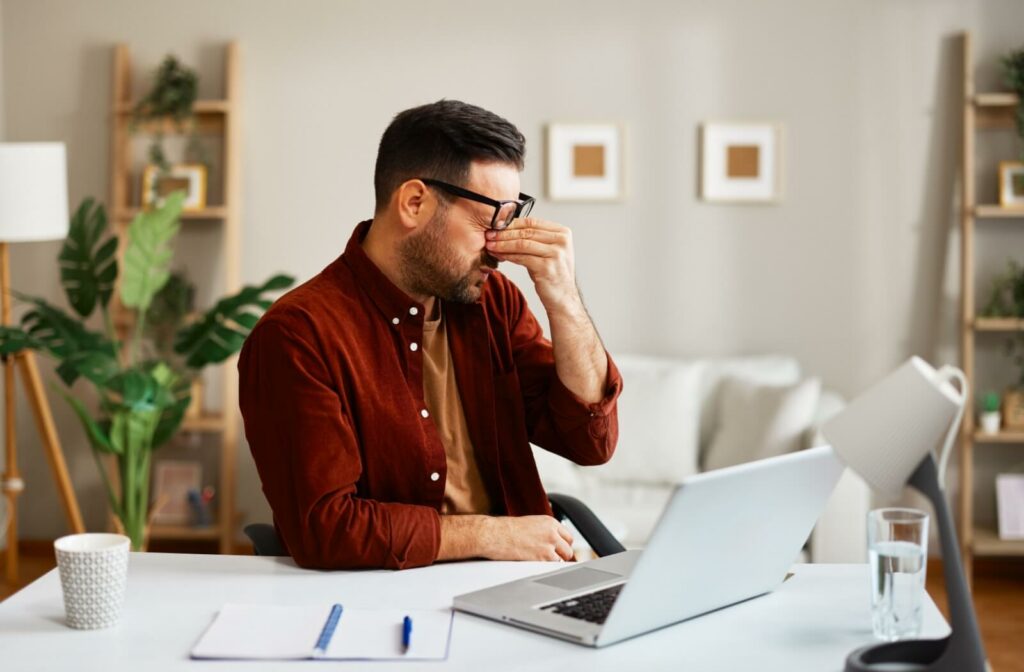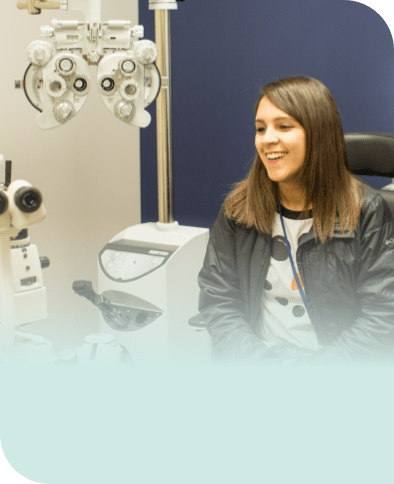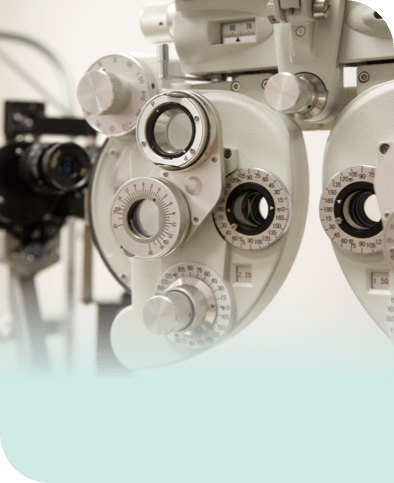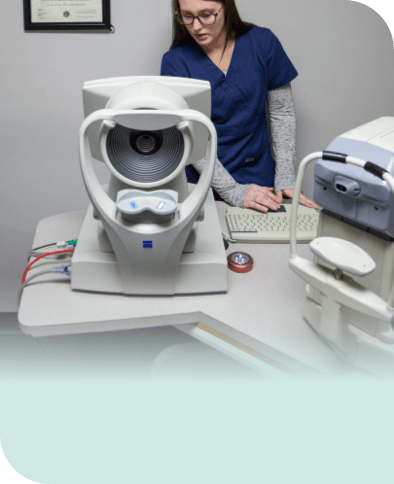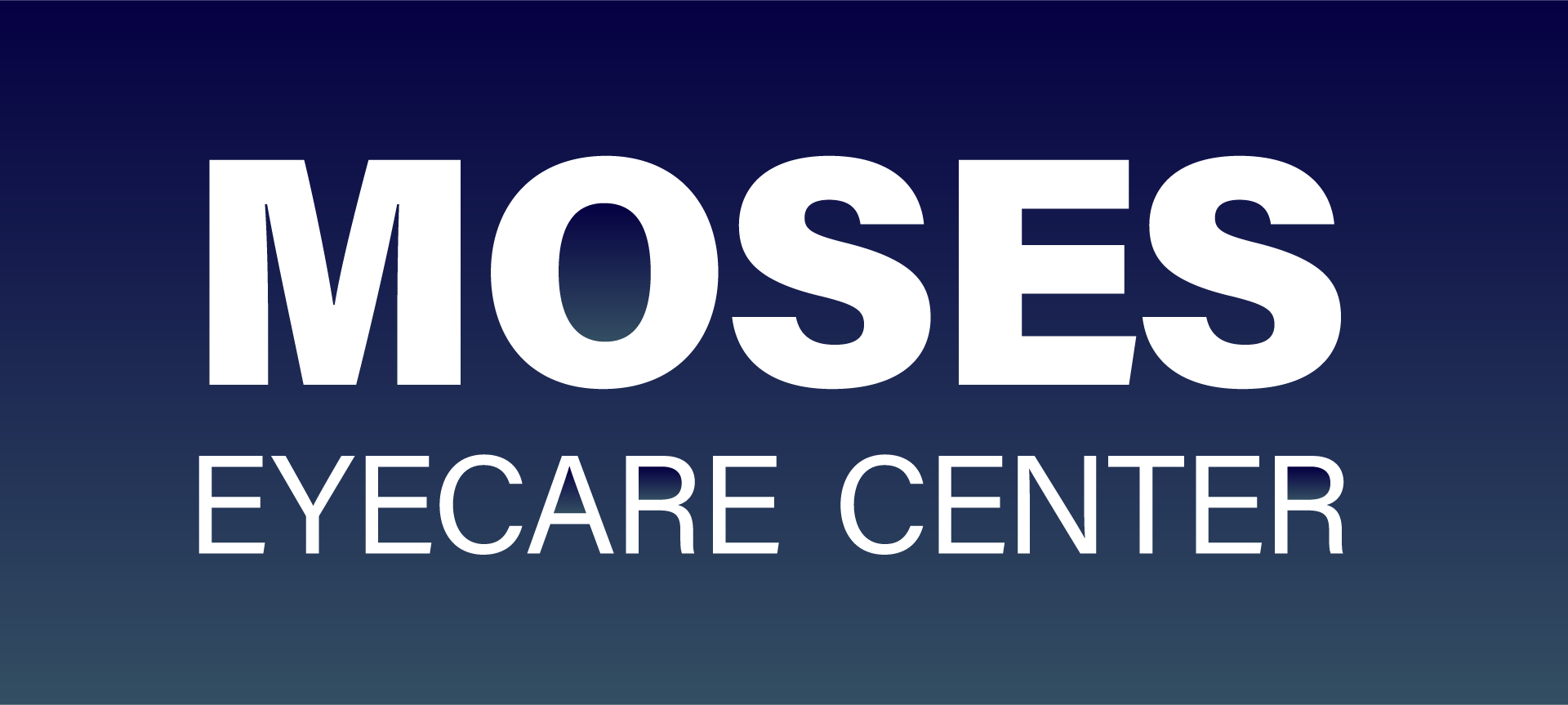Do your eyes ever feel scratchy, like there’s sand in them? Maybe they burn after you’ve been reading or looking at a computer for a while. These common feelings can be more than just a momentary bother—they can also be signs of dry eye disease.
If you’re wondering what’s causing your discomfort, we’re here to help you understand the signs. You may have dry eyes if you experience persistent discomfort that affects both of your eyes, as such symptoms can be a signal that your eyes aren’t being properly lubricated
Dry eye is a common condition, and understanding why your eyes feel dry is the first step toward finding relief.
Common Signs & Symptoms of Dry Eye
You may have a dry eye if you experience feelings that affect both of your eyes. These feelings are a good signal that your tears are not keeping your eyes moist enough. Paying attention to these signs can help you understand what your eyes are trying to tell you.
Common symptoms associated with dry eye include:
- Redness
- A feeling that something is in your eye
- A stinging or burning feeling
- Stringy mucus near your eyes
- Watery eyes (the body’s response to the irritation)
- Sensitivity to light
- Blurred vision that comes and goes
What Causes Uncomfortable, Dry Eyes?
A healthy tear film has three important layers—fatty oils, water, and mucus. This combination keeps the surface of your eyes smooth, clear, and comfortable. A problem with any of these layers can cause dry eyes.
Problems With Tear Production
Sometimes, your body is unable to produce enough of the watery part of tears. Common causes of reduced tear production include:
- Age—tear production often diminishes after 50
- Certain health conditions
- Side effects from some medications
Tears That Evaporate Too Quickly
The oil layer of your tears is what prevents them from drying up too fast. If this layer is disrupted, your tears tend to evaporate too quickly.
Factors that increase tear evaporation include:
- Blinking less often while concentrating on tasks like reading or working at a computer
- Environmental factors like wind, smoke, or dry air
- Blocked meibomian (oil) glands, a leading cause of evaporative dry eye
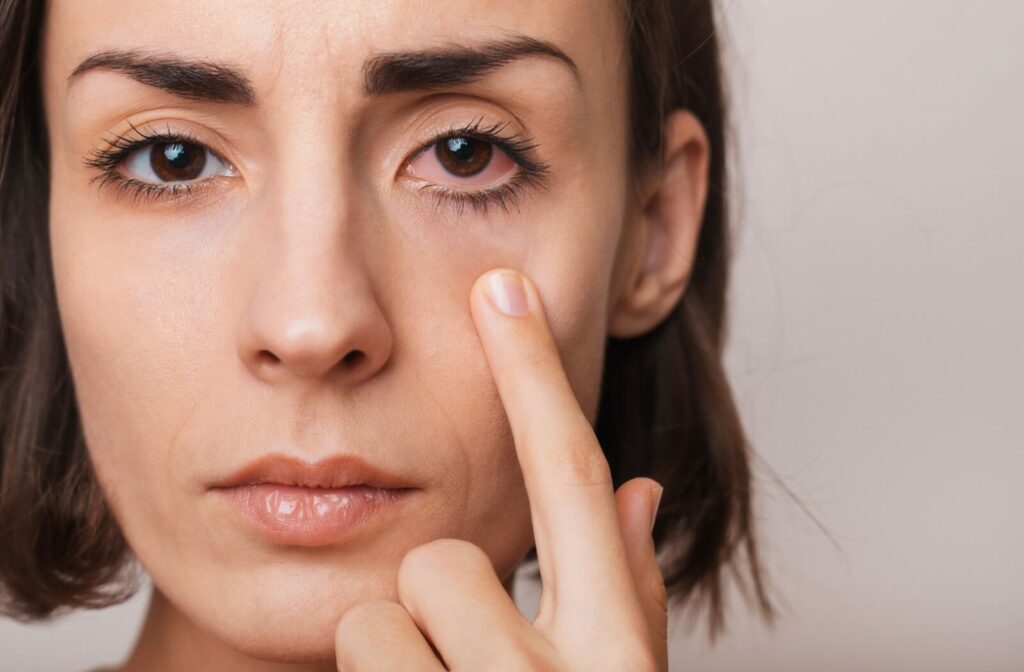
Could It Be Dry Eye or Something Else?
Some conditions have symptoms that overlap with dry eye disease. A clear understanding of your symptoms can help you find the right path to comfort.
Eye Allergies
Allergies often come with itchy eyes, which is also a sign of dry eye. However, allergies are caused by specific allergens, so if your symptoms are tied to certain locations or certain times of year, you might be dealing with allergies.
Digital Eye Strain
Staring at screens for long periods can cause symptoms like blurred vision and eye fatigue, which are similar to dry eye. They often improve after you give your eyes a good rest. Practice the 20-20-20 rule to help reduce the strain on your eyes.
Blepharitis
This condition involves inflamed eyelids, which can cause irritation. It can lead to red, itchy eyelids and a gritty sensation in the eye, much like dry eye. The main difference is that the irritation originates from the eyelids themselves.
At-Home Tips for Relief & Comfort
If your eyes feel dry right now, there are simple adjustments you can make to find relief. Small changes can often make a noticeable difference in your comfort levels.
Adjust Your Environment
The environment around you can have a big impact on your eyes. Modifying your immediate surroundings can help reduce tear evaporation. Try to:
- Use a humidifier to add moisture to indoor air.
- Direct fans, hair dryers, and car heaters away from your eyes.
- Position your computer screen below eye level.
- Avoid smoky environments.
Simple Lifestyle Habits
Your daily routines also play a role in your eye health. Taking care of your overall wellness can support your body’s ability to produce healthy tears. Conscious habits can contribute to happier eyes.
- Drink at least 8 glasses of water daily to stay hydrated.
- Take periodic eye breaks during long tasks—close your eyes for a few minutes.
- Try to get 7 to 8 hours of sleep each night.
Diet & Nutrition
What you eat can also affect your eye comfort. Certain nutrients support healthy tear production and quality. Incorporating specific foods into your diet is an easy way to help your eyes from the inside out.
- Eat more foods with omega-3 fatty acids, like salmon and walnuts.
- Consider foods high in vitamin A, such as carrots and broccoli.
When to Visit an Eye Doctor in Northwest Indiana
While at-home care can provide temporary relief, persistent symptoms are a reason to schedule a visit. An eye exam can help identify the underlying cause of your discomfort. From there, we can create a plan for long-term comfort.
Your Symptoms Don’t Improve
If you’ve tried different at-home remedies without success, it’s a good time to seek a professional opinion. Prolonged red, irritated, or painful eyes should be looked at by a professional.
Your eye doctor can perform a series of tests to check your tear production and quality.
Create a Long-Term Care Plan
Based on the results of an eye exam, your optometrist will suggest a treatment approach. This may include specific eye drops, lifestyle recommendations, or other options. The goal is to help manage your dry eyes for lasting relief.
You deserve to see and feel your best, without the constant irritation of dry eyes. At Moses Eyecare Center, our family-focused team is here to listen and help you find a solution. If you’re ready to address your eye discomfort, contact us to schedule your appointment today.


